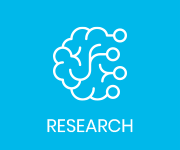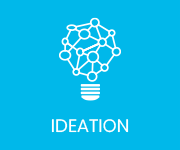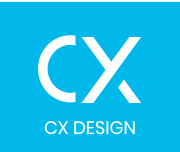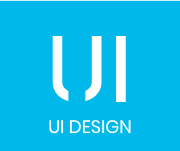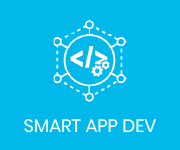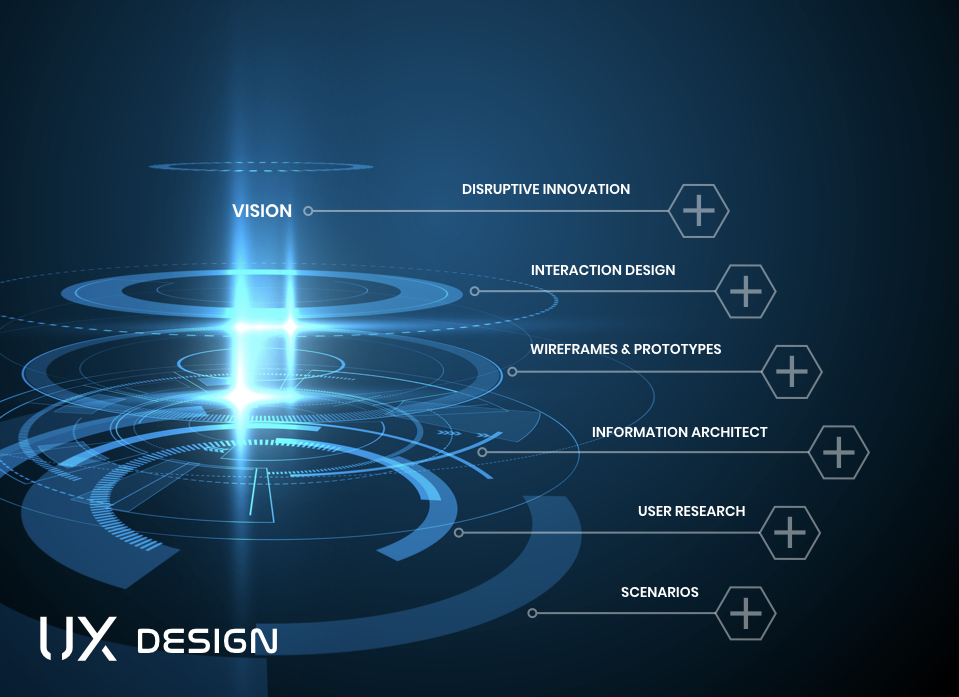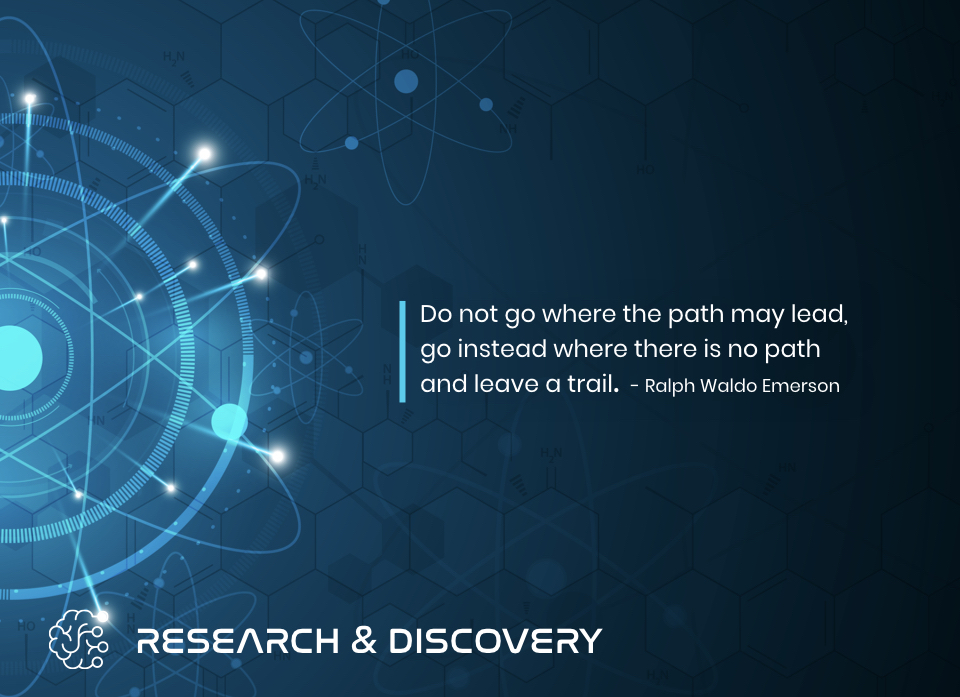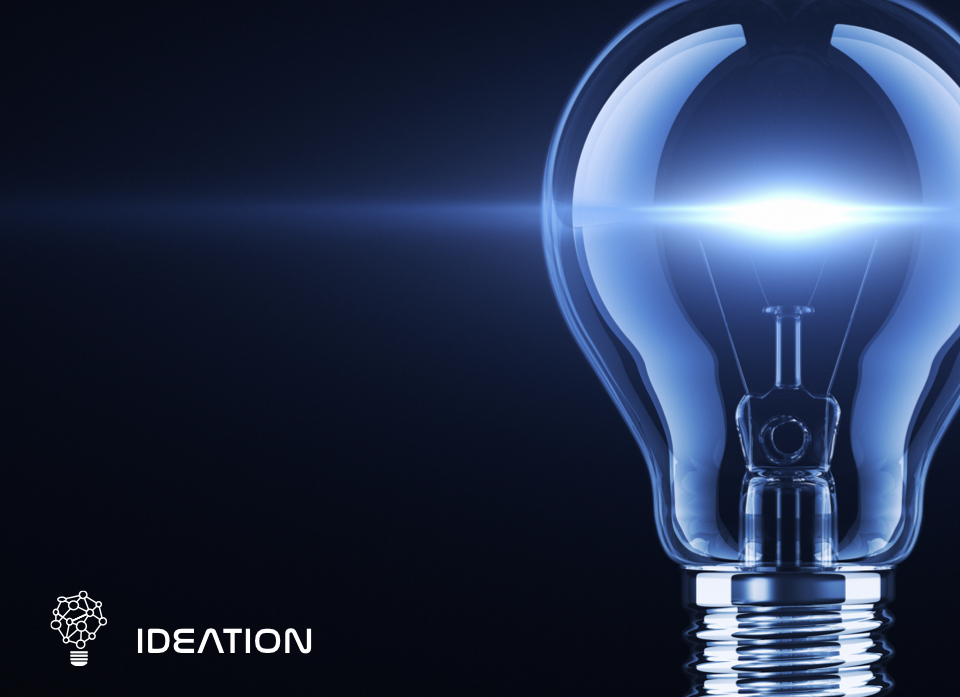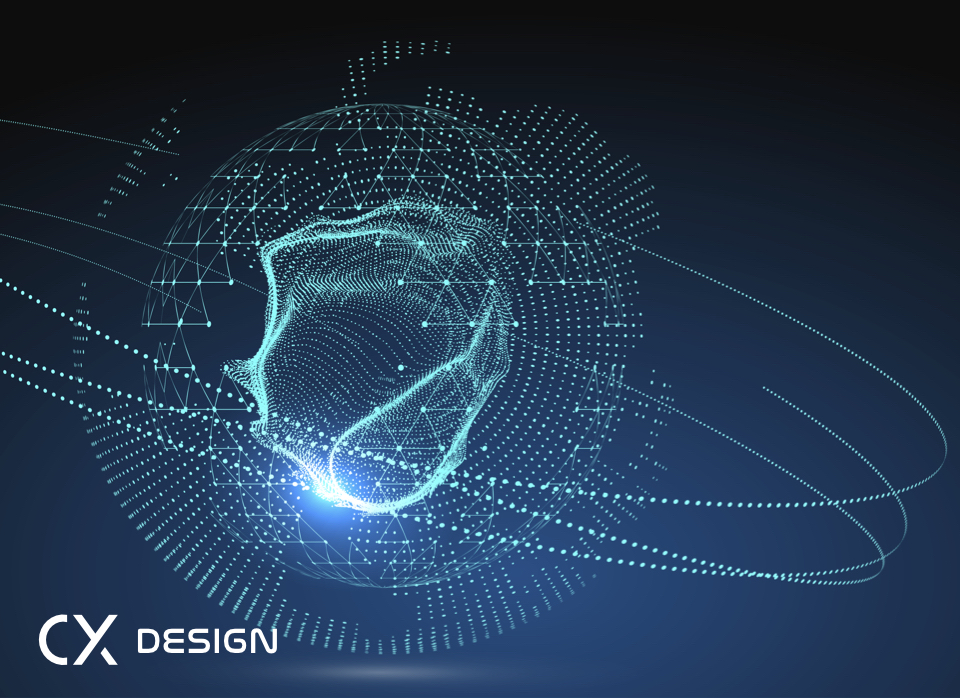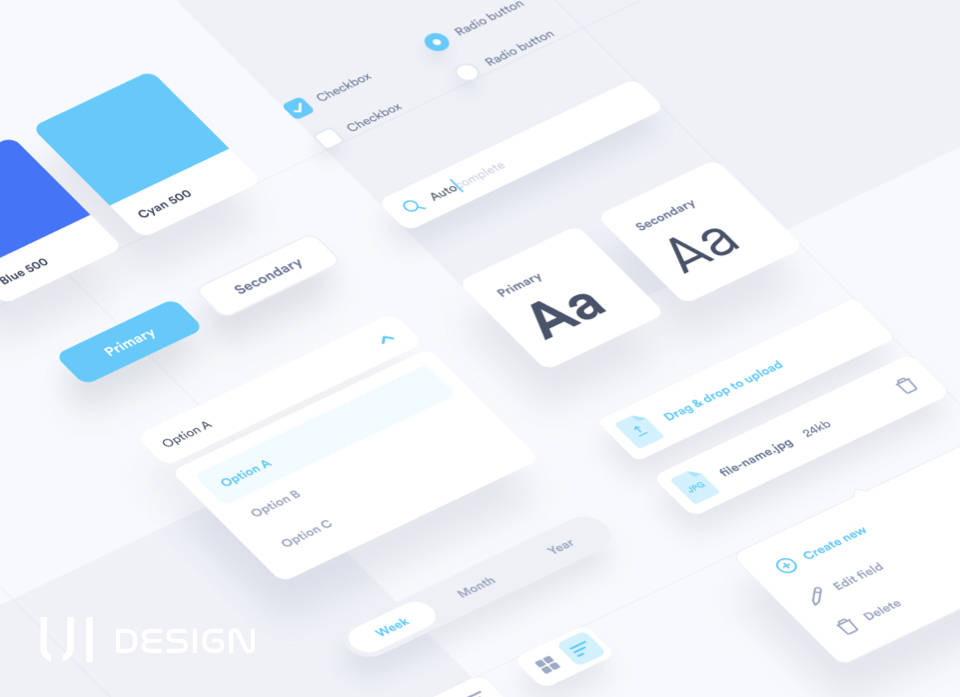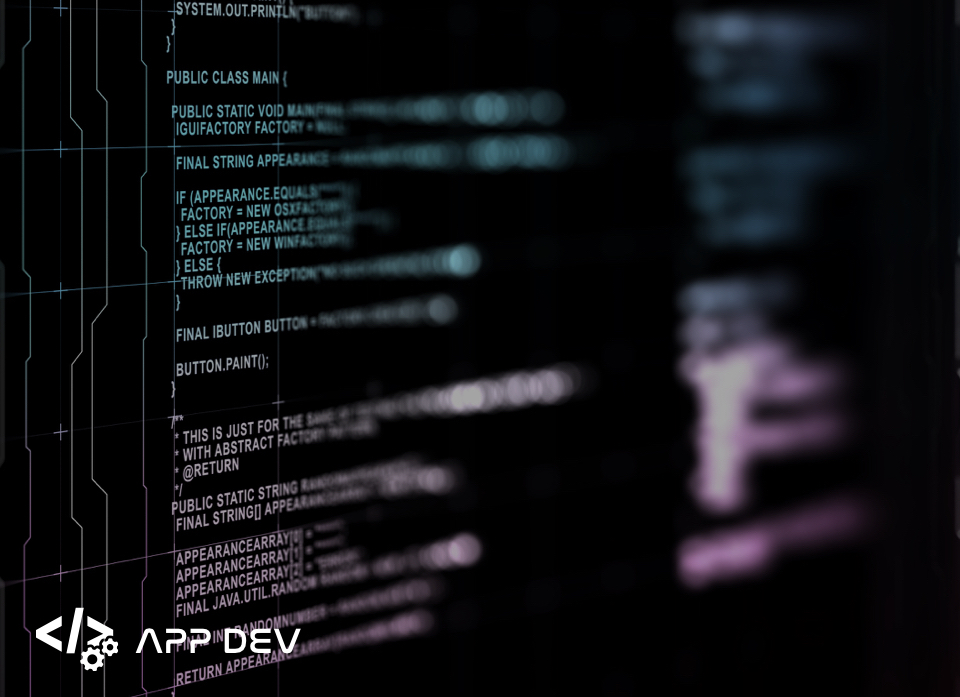UX DESIGN
Combining Strategic & Narrative Design Methodologies
Design Thinking is more than making something look beautiful. It also has to be intuitive and functional. If a website or app is beautiful but difficult to use, chances are users will never return.
Digital design has to serve the user and human-centered design has to solve the problems we face today and tomorrow.
That’s why User Experience (UX) design is at the heart of the future for Digital Customer Experience.
LEVERAGE OUR EFFICIENCY
Our decade-long experience has allowed us to craft an efficient design process that brings solid results to our clients quicker.
Decreased By
2x
SPENT ON DEVELOPMENT-READY DESIGN
Decreased By
30%
TIME ON NEW DESIGN DELIVERY
Decreased By
70%
TIME FOR DESIGN SUPPORT
Decreased By
30%
TIME ON UI DESIGN
Our 5-Stage Design Thinking Process
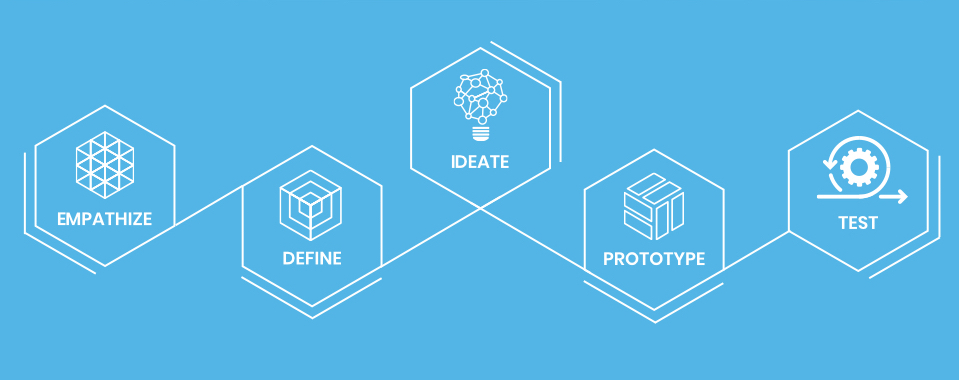
HOW WE DELIVER UI AND UX DESIGN SERVICES
A decade in design has allowed our team to perfect the process of delivering UI and UX services. We follow established design standards, workflows, and guidelines — you get the product you need, delivered by expert designers within the set timeframe.
OUR UI AND UX DESIGN SERVICES AND CAPABILITIES
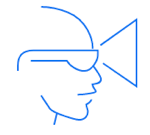
AR / VR / MR Experience Design
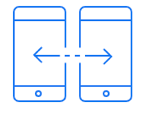
Mobile App UX and UI Design Services
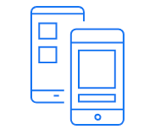
Cross-Platform Experiences Design
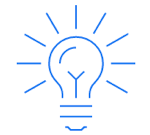
UI and UX Consulting
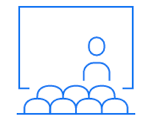
Design Workshops
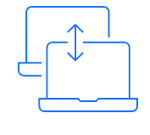
Web Design Services
We’ve entered the Experience Economy—where everything customers interact with compounds to form a lasting impression of a brand, good or bad. And as technology and society continue to become more digital—and integrated into our daily lives—it’s more important than ever that product teams leverage human insight to better understand and empathize with their audience, so they can build more customer-centric experiences.
This process of building customer-centric experiences, however, is easier said than done. That’s why product teams must increase their exposure hours with customers—time spent seeing, hearing, and talking with them. After all, that’s the only way to take the best possible steps toward becoming a business focused on the customer’s experience (CX).
Empathize
Your goal at this stage is to gain a better understanding of your users and the problems you’re trying to solve. Notably, the empathize stage is when you’ll learn about your users needs, observe their behaviors, assess the competition, uncover challenges, and define market opportunity.
Empathizing with your users is central to the design thinking framework, and essential to building products and experiences your customers will love.
Empathy is essential to closing this gap. Not only is it a key stage of the design thinking framework, but it’s an underlying element to every other stage as well.
Define
At this stage, your goal is to take all of the insights gained by empathizing with your customers and define the customer problem you’re trying to solve. It’s important to remember that the problem you’re solving for should be for your customers—not for your business.
Product teams acknowledge the importance of tying product developments back to tangible business results, so it can be tempting to try to solve for challenges on a business level rather than on a customer one.
By framing your problem from the lens of your customers, you’re empathizing with them and keeping their needs at the center of your product’s development. By putting the customer first and validating concepts early, you reduce waste, improve time-to-market, and ensure better customer adoption.
Ideate
This is an exciting stage of your product’s development. By now, your team has a solid understanding of your customer’s needs and challenges, so it’s time to get creative and come up with a lot of different ideas to consider.
This is an important step for thinking creatively and weeding out ideas that aren’t workable —remember, whatever your team decides upon will be turned into a prototype next. There are many ways teams can approach this stage, but most of them involve some sort of brainstorming or free-thinking activity.
The goal of these activities is to get teams out of their traditional mental models, so they can approach the problem from a fresh perspective and zero-in on solutions that they otherwise wouldn’t consider.
Prototype
Releasing a prototype of your design lets you iron out the kinks before you’ve written any code, enabling your team to quickly (and cost-effectively) iterate on a design until you’re confident you’ve got it right.
The prototyping stage is an important step because it directly connects teams with the people at the other end of the experience, enabling teams to empathize with the real problem they’re trying to solve and avoid moving forward with building something no one really wants in the first place.
After all, if you’ve gone through the Empathize, Define, and Ideate stages, you’ll have a lot of important information about what your target audiences might think about a product or feature. But it’s not until you put something a bit more tangible in front of them—even if it’s a sketch on a napkin—that the idea comes to life and faces the scrutiny of your users.
The important thing to remember about testing prototypes is that what you find out is crucial information that could save your team and company from launching a costly mistake.
Test
No matter where your product is in its lifecycle —from concept to prototype to shipped—your team should continuously test and iterate based on what they find. Every human insight you gather leads to saved time and budget, the elimination of guesswork, and more confident product decisions.
It’s important to remember design thinking is a non-linear framework. Although the test phase is listed last, it, in reality, is something your team will do consistently throughout development.
When you have a concept or idea, you test it. When you’re trying to understand the customer problem, you test. And, when you have a prototype, you guessed it—you test.
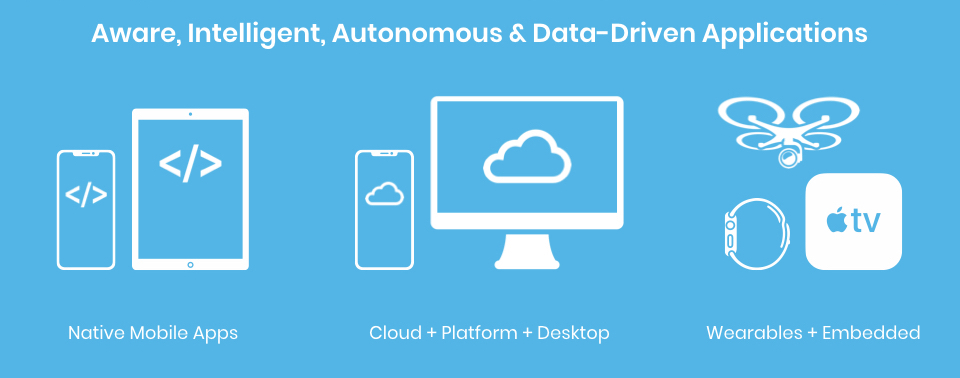
RESEARCH & DISCOVERY
Providing The RoadMap To Disruptiv Innovation
Achieving true disruptive innovation is not a one-person job, it takes teams with diverse backgrounds, unique perspectives and domain expertise to make creative visions a reality.
Innovation requires completely rethinking the way we perceive your current and future customers as well as acquire a deep understanding of current and future competition.
Our holistic approach provides unique data-driven insights of competitive offerings as well as targeted customer demographics, personas, habits, mindsets and trends.
IDEATION
Disruptive By Design – Customer-Centric Innovations
One of the most consistent patterns in business is the failure of leading companies to stay at the top of their industries when technologies or markets change.
Disruptive innovation requires a major shift in perspective, a moment when our everyday point of view is turned upside down, and the team finds a completely new ways of approaching challenges.
We start each client engagement with an in-depth discovery and ideation phase to immerse ourselves in your business objectives as well as identify opportunities for disruptive innovation.
CX DESIGN
Creating Immersive & Engaging Digital Experiences
Customer experience (CX) can be defined as the quality of all of a consumer’s encounters with a company’s products, services, and brand. While a strong customer experience produces significant results—more customers, more sales, and more loyalty—many companies still struggle to identify a plan of action to achieve these results.
Leaders can reach these goals if they focus on something more specific: the Digital Customer Experience (DCX).
UI DESIGN
Pixel Perfect: The Perfection Of Interaction Design
Today, the bar for web and mobile app design has been raised. Both the UI and UX design need to work seamlessly together to provide an intuitive and personalized digital experience.
With, the exponential growth of mobile, web and IoT applications, UI design now plays a more pivotal role than ever in enhancing the overall User Experience (UX).
SMART APP DEVELOPMENT
Intelligent, Autonomous & Data-Driven Applications
The next-generation of Smart Apps are powered by technologies such as Artificial Intelligence (AI), Machine Learning (ML), IoT and Blockchain – delivered by a scalable cloud service architecture.
These Smart Apps are disrupting industries and decisively shaping unique and immersive digital user experiences.
Digital Innovation Delivered!
We design, build and deliver technology-based innovations that create significant competitive advantage and revenue growth potential for our clients.

